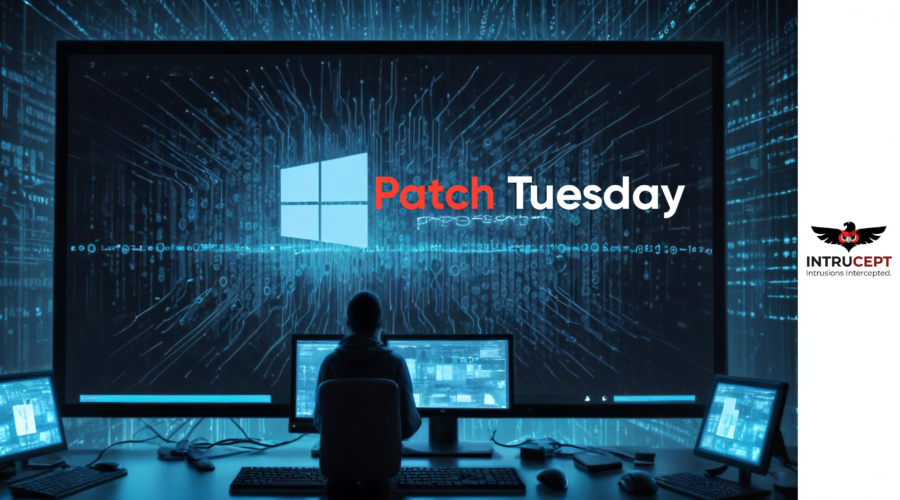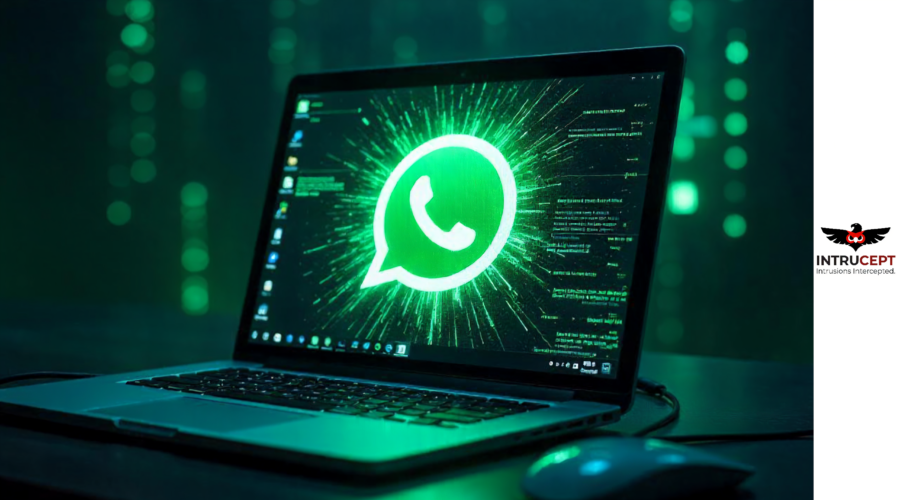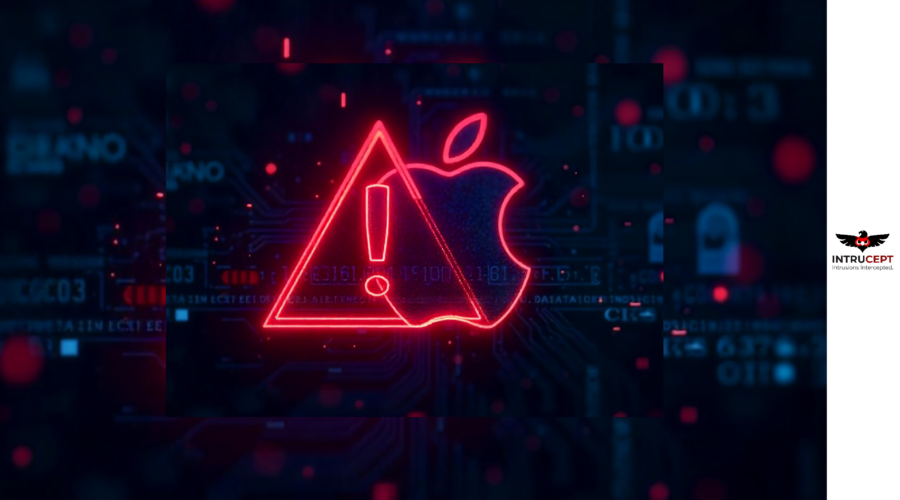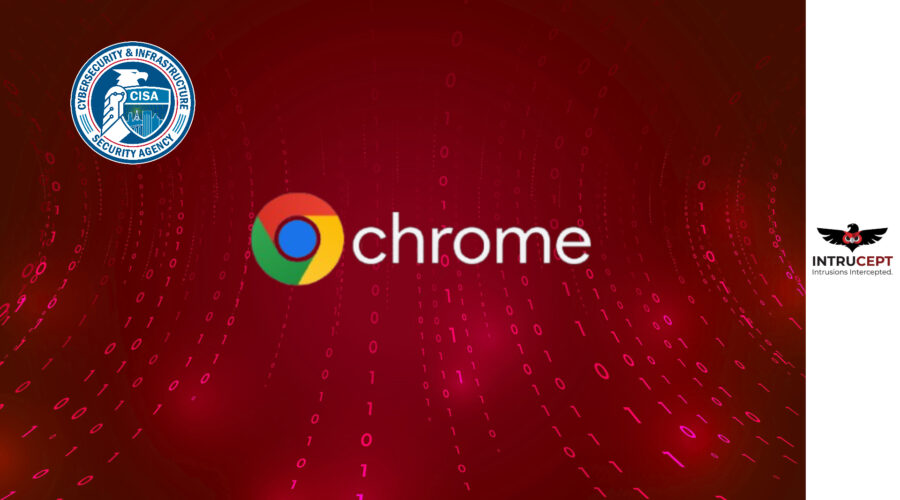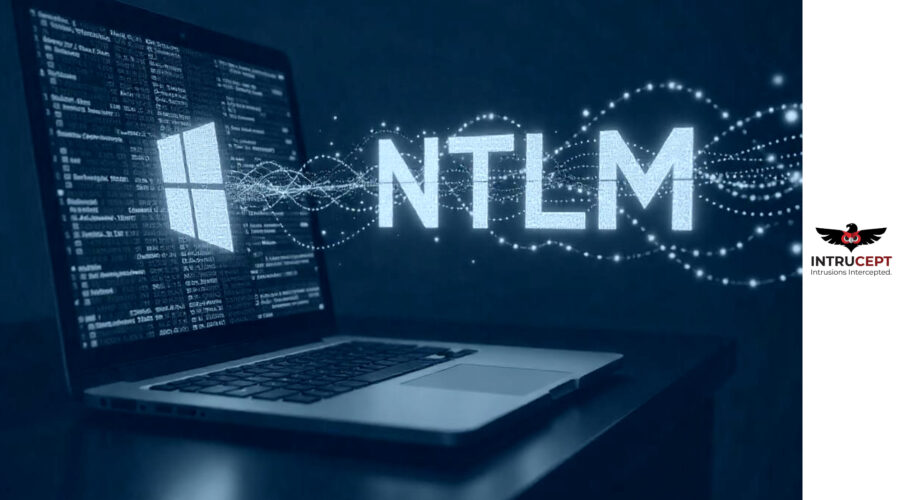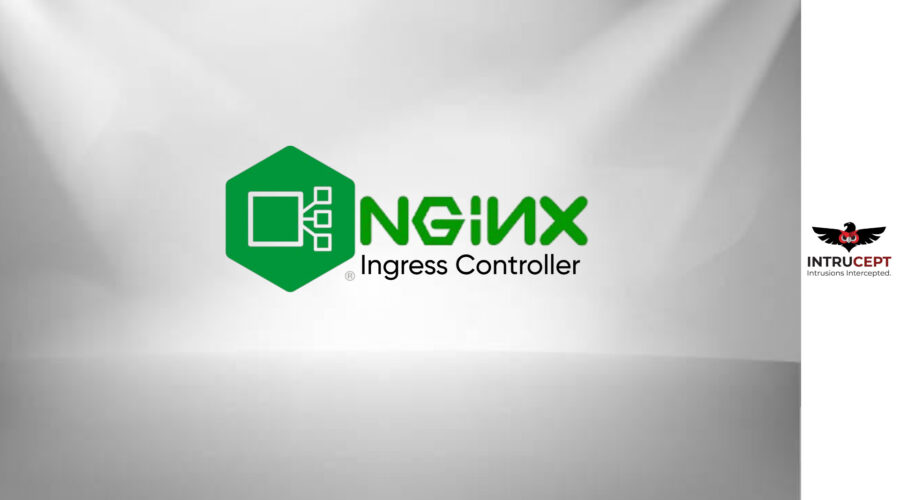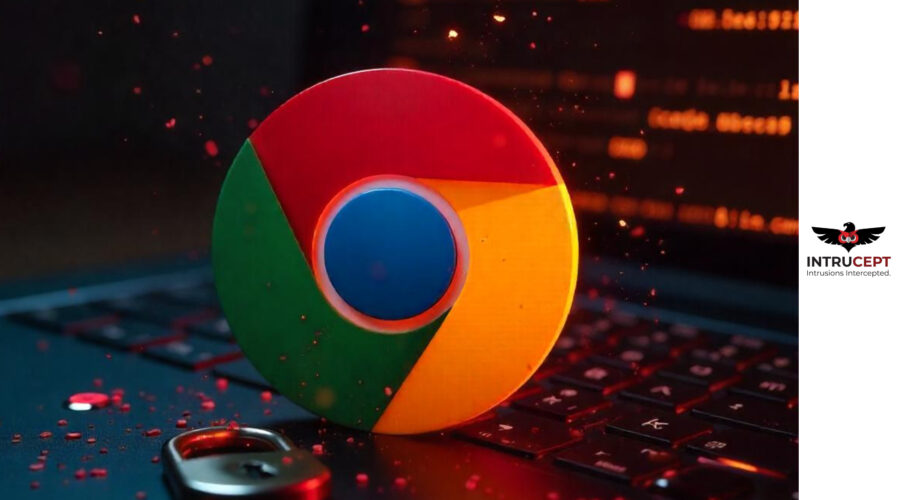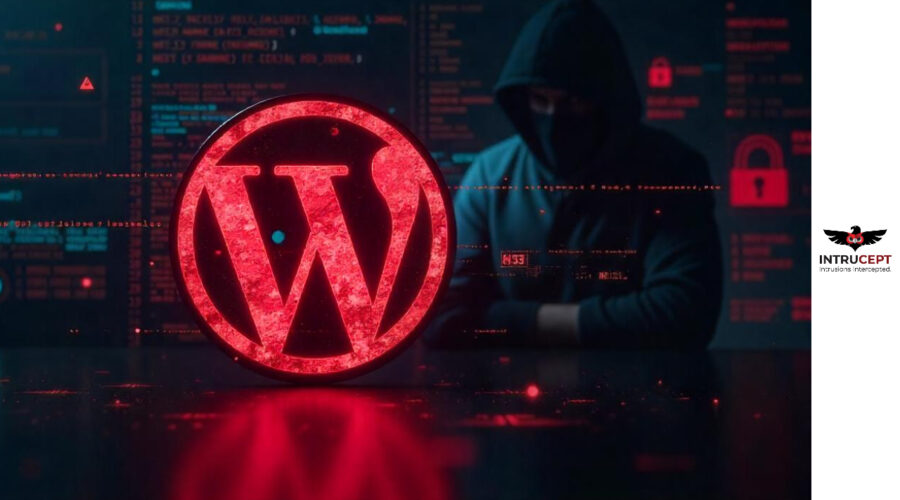April Zero-Day Threats Addressed in Microsoft’s Patch Tuesday
Summary of Microsoft April Patch Tuesday
Microsoft released April 2025 Patch Tuesday, addressed 135 security vulnerabilities, including a critical zero-day vulnerability (CVE-2025-29824) already being actively exploited.
- 126 Microsoft CVEs addressed
- 9 non-Microsoft CVEs included
Microsoft April Patch Tuesday is released every month on priority basis so that organization can address the vulnerabilities as advised by security analysts
| OEM | Microsoft |
| Severity | Critical |
| Date of Announcement | 2025-04-08 |
| No. of Vulnerabilities Patched | 135 |
| Actively Exploited | Yes |
| Exploited in Wild | Yes |
| Advisory Version | 1.0 |
Overview
Key updates focus on core Windows components like the CLFS driver, Windows Kernel, and multiple remote code execution (RCE) vulnerabilities across many services including Remote Desktop Gateway, LDap, and TCP/IP.
The update addresses both Microsoft and non-Microsoft vulnerabilities, with a significant emphasis on fixing issues that allow attackers to elevate privileges, execute remote code, or bypass security features.
On a similar note publication of 11 critical remote code execution (RCE) vulnerabilities. 13 browser vulnerabilities have already been published separately this month, and are not included in the total.
| Vulnerability Name | CVE ID | Product Affected | Severity | CVSS Score |
| Microsoft Windows CLFS Driver Use-After-Free Vulnerability [zero-day vulnerability] | CVE-2025-29824 | Windows | High | 7.8 |
| Remote Desktop Gateway Service RCE Vulnerability | CVE-2025-27480 CVE-2025-27482 | Windows | High | 8.1 |
| LDAP Service RCE Vulnerability | CVE-2025-26663 | Windows | High | 8.1 |
| LDAP Client RCE Vulnerability | CVE-2025-26670 | Windows | High | 8.1 |
Technical Summary
The April 2025 update fixes several high-severity vulnerabilities in Microsoft products, here are some vulnerabilities details:
| CVE ID | System Affected | Vulnerability Details | Impact |
| CVE-2025-29824 | Windows 10/11, Windows Server | An elevation of privilege vulnerability in the Windows Kernel caused by improper object access. Attackers with local access could exploit this to gain SYSTEM privileges. | Elevation of Privilege |
| CVE-2025-27480 CVE-2025-27482 | Windows RDS | Race condition in Remote Desktop Gateway; triggers use-after-free allowing code execution | Remote Code Execution |
| CVE-2025-26663 | Windows LDAP | Crafted LDAP call causes use-after-free, leading to arbitrary code execution | Remote Code Execution |
| CVE-2025-26670 | Windows TCP/IP | Memory mismanagement during DHCPv6 handling, complex exploit chain. | Remote Code Execution |
Source: Microsoft & NVD
In addition to the actively exploited vulnerabilities, several other Vulnerabilities were also addressed:
- CVE-2025-27745, CVE-2025-27748, CVE-2025-27749 – Office Use-After-Free RCE Vulnerability
These vulnerabilities allow attackers to execute arbitrary code remotely by exploiting use-after-free conditions when opening malicious Office files, potentially leading to system compromise.
- CVE-2025-27752 – Excel Heap Overflow RCE Vulnerability
An attacker could bypass security features via improper neutralization in the Microsoft Management Console, leading to remote code execution and potential full system compromise.
- CVE-2025-29791 – Excel Type Confusion RCE Vulnerability
This vulnerability allows local attackers to exploit improper logging in NTFS, potentially granting unauthorized access to sensitive memory areas, which could lead to arbitrary code execution.
- CVE-2025-26686 – Windows TCP/IP RCE Vulnerability
Memory mismanagement during DHCPv6 handling could allow remote attackers to execute arbitrary code, requiring a complex exploit chain to be effective.
- CVE-2025-27491 – Windows Hyper-V RCE Vulnerability
This vulnerability can be exploited by guest users through social engineering, enabling remote code execution on the host system, with a high complexity for successful exploitation.
Remediation:
- Apply Patches Promptly: Install the April 2025 security updates immediately to mitigate risks.
General Recommendations:
- Prioritize Zero-Day & Critical Vulnerabilities: Focus on patching actively exploited vulnerabilities, especially those affecting Windows CLFS, RDS, LDAP, Excel, and SharePoint-related CVEs.
- Secure File System Access: Implement security controls to prevent unauthorized access to NTFS and FAT file systems, particularly against USB-based attack vectors.
- Educate Employees: Train users in phishing risks to reduce the chances of executing malicious Microsoft Access files.
- Monitor for Exploitation: Continuously monitor systems for any signs of exploitation or suspicious activity.
“Microsoft highly recommends that organizations prioritize applying security updates for elevation of privilege vulnerabilities to add a layer of defense against ransomware attacks if threat actors are able to gain an initial foothold,” the company said in a blog post.
Conclusion:
The April 2025 Patch Tuesday release underscores the critical need for timely patching of Microsoft systems to protect against actively exploited vulnerabilities, including a zero-day privilege escalation flaw.
Microsoft has addressed multiple high-severity vulnerabilities, many of which could result in remote code execution, unauthorized system access, or privilege escalation.
IT teams and users are urged to promptly install the security updates and implement recommended security controls to mitigate these risks. As these vulnerabilities are actively exploited, immediate action is crucial to safeguarding systems from potential compromise.
References:

